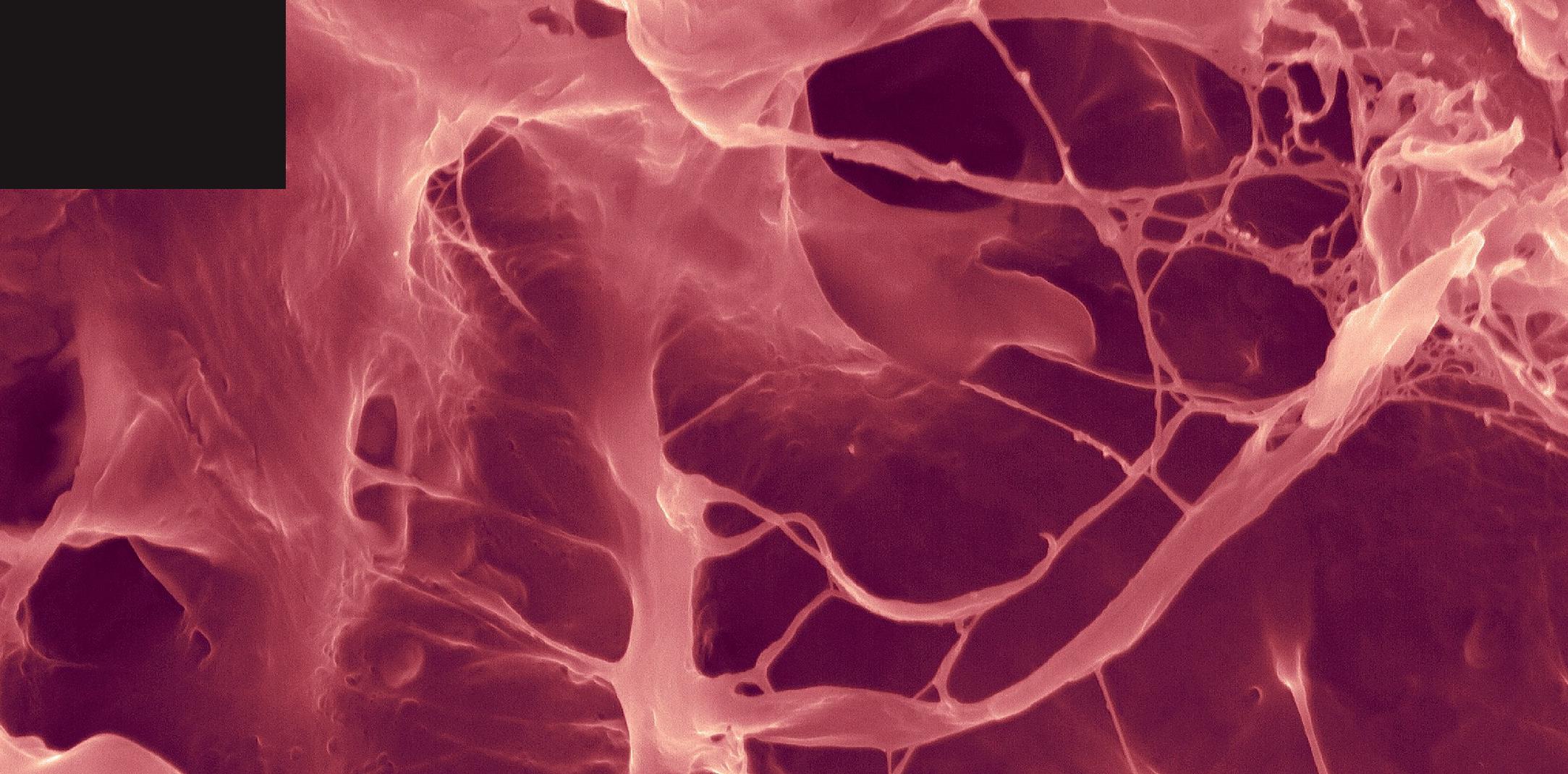
The extracellular matrix (ECM) is the non-cellular component of all tissues and organs in your body. Think of it as a glue that binds your cells together within tissues, to give structure and, ultimately, function. It is mostly water, polysaccharides and proteins, including collagen, elastin and proteoglycans (see Figure 1). Every tissue in the human body has a unique ECM composition, specialised according to the function of the tissue. ECM composition is established during embryonic development through active communication between cells and the tissue microenvironment.
The ECM is commonly described in two parts:
Your organisation does not have access to this article.
Sign up today to give your students the edge they need to achieve their best grades with subject expertise
Subscribe




